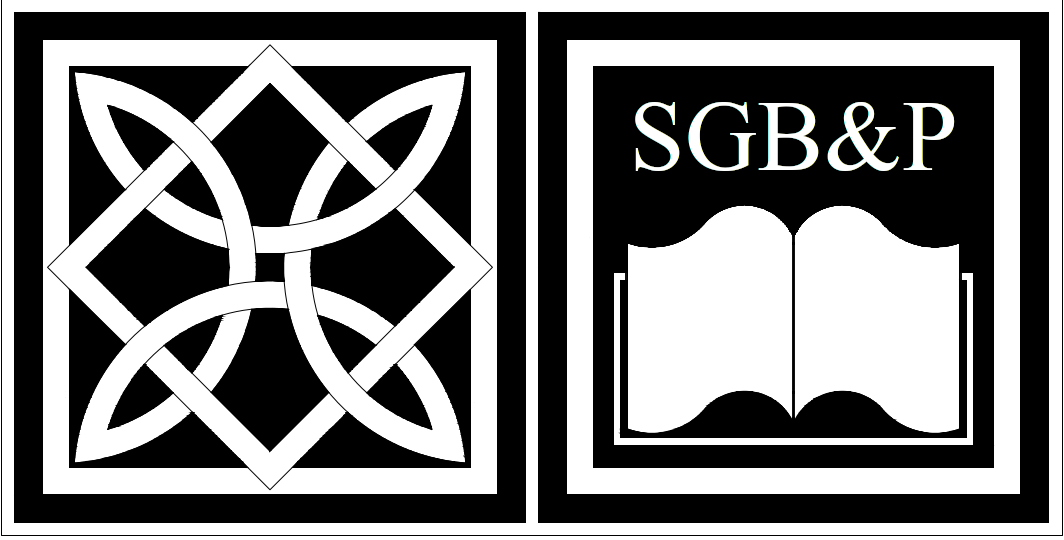Module 2 – (Fall semester) Oct. 20 - Nov. 14, 2025
Archives and Libraries - Deterioration Factors. Preventive Conservation
Module 2
Workshop, 100 hours
Preventive Conservation Methods and Materials
Instructor:
1) Conservation and management of books and archival materials
Analyzing risks in libraries and archives
Environmental controls – instruments and tools
Document state of conservation of material in San Gemini Historic Archives (SGHA)
Monitoring the climate in the SGHA
Pest control, insect monitors, traps
Disinfection of library and archive material
2) Work at the SGHA
Making boxes, envelopes, sleeves, cradles
Types of different boxes, passe-partout
3) Materials used in conservation
Visits
Perugia
Biblioteca Augusta
Terni
Archivio di Stato
Archivio Diocesano
Module 2
Theory class 1, 24 hours
Chemistry, Physics, Biology of Paper
Instructor:
1) Chemistry and physics of paper
Raw materials of handmade Western papers
Chemistry of handmade Western paper
Sizing and coatings
Surface treatments of handmade papers
Analysis and identification of paper types
2) Biology
Identification: molds, yeasts, mushrooms
Insects
Rodents and other pests
3) Chemistry and physics of inks, colors
Carbon inks
Iron gall inks
Colored inks
Printing inks
Synthetic inks and colors
4) Deterioration factors
Temperature, humidity, light, air pollution, human use
Paper damage
5) Bookbinding damage
Damage list
6) Microclimate condition
Module 2
Theory class 2, 24 hours
Libraries and Archives - Management and Conservation
Instructor:
1) History of archives and libraries (an overview)
History of Western libraries and libraries
2) Type of documents stored
In libraries: printed books, rare books miscellaneous archival materials
In archives: government records, reports, letters, certificates, diplomas, contracts, posters, passports, receipts, bills, diaries, drawings, architectural projects, photographs, maps, stamps, albums, free documents
3) Physical structure of libraries and archives
Buildings
Storage systems
Historic bindings
Historic organization
3) Conservation management
Conservation plans
Risk assessment
Inventories and catalogs
State of conservation surveys
4) Environmental controls
Temperature
Relative humidity
Light/radiation
Air pollution
5) Materials features and uses
Acid free papers (archival or museum grade)
From wood pulp, buffered
Lignin-free
Sulphur-free
Alkaline buffered
High cellulosic content
Polyester materials
From cotton fiber
6) Digitalization
Distribution
Organization

